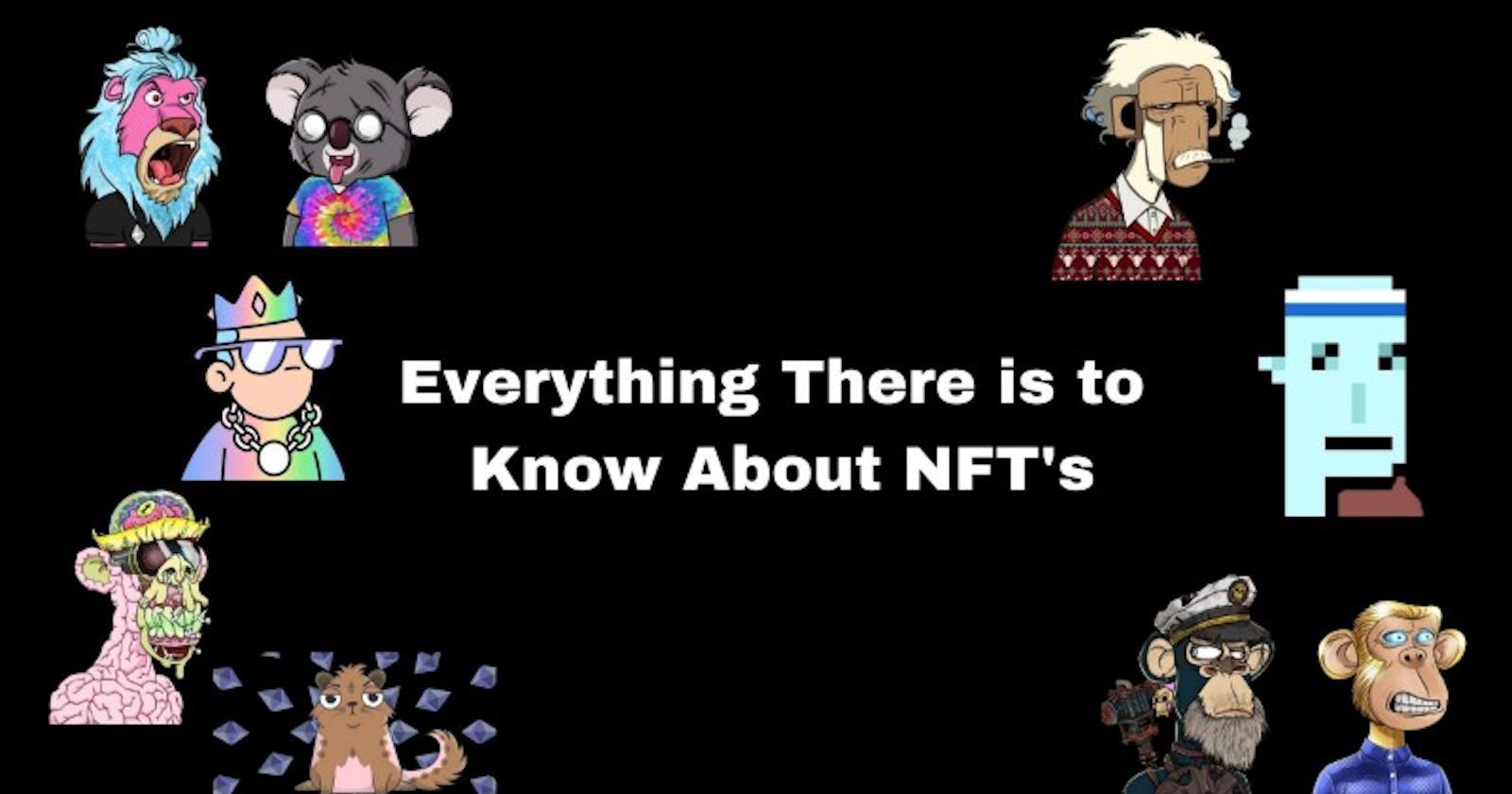NFTs have been the topic of discussion on almost every timeline across social media; they are now also the frothiest market of 2021. The sales volume of these assets has multiplied by 100x, and the internet is going wild about it. Yet many are still asking the question;
“Why are they buying and selling JPEGs of weird-looking animals and cartoons for millions of Dollars?”

WTF is going on 🤯 ?
The answer is simple.
Non-Fungible Tokens(NFTs).
This topic has brought together musicians, artists, celebrities, content creators, crypto enthusiasts, investors and content entrepreneurs from every field and background. There have been debates and panel sessions on what exactly NFTs are? How much impact will they have on DeFi(Decentralized Finance)? Which collection is more profitable to investors and the fate of NFT in the nearest future?
Well, after reading this article, you will have gained comprehensive knowledge of NFTs. What they are, the different types and core concepts of NFTs. To how NFTs work and how you can get involved.
Objective and Subjective Value
To better understand how and why people attach great importance to certain things (e.g. art, music), we must understand the difference between objective and subjective value.
Objective values are the perceivable values, but not invented by man, a typical example of this would be the air we breathe. Regardless of how we perceive the air, it doesn't affect its importance.
Whereas subjective value is the worth placed on an item based on our beliefs, perceptions, and preferences. A typical example would be baseball cards sold for million back in the 1980s. They are considered the most influential collectibles of all time to date.

The most valuable baseball card of all, the 1911 American Tobacco Company card of Honus Wagner.
In this world, people believe that pieces of paper with pictures and numbers on them had value, and one could exchange them for food and clothing. One day when everyone stops accepting these pieces of paper in exchange for food and other goods, these pieces of paper become worthless. By Kurt Vonnegut
So what does this have to do with NFT?
The entire idea of art collection began in the 1920s, which brought about a significant increase in worth placed on art. It was an aristocratic era when wealthy and affluent folks owned rare & expensive art for prestige, as investment, or as a place to store wealth. A century after, the love of authentic and rare art collections surfaced in a digitalized form(NFT), thanks to blockchain technology.
In 2014 a platform built on top of the Bitcoin blockchain called peer-to-peer protocol Counterparty made digital assets and games possible(Spells of Genesis and Pepe Memes). Soon after Ethereum hit the market in 2017, the now-famous Cryptopunks were put on a blockchain and were the first digital collectables minted on Ethereum.
Cut to the chase already; what TF are NFTs 😣 ?
What Are NFTs?
The word NFT is an acronym that stands for Non-Fungible Token*.* These are a simple set of blockchain standards(ERC-721) that enable genuine ownership uniquely and securely.
An NFT is simply a digital asset with a history of ownership and current ownership cryptographically secured on the blockchain using a token. This token can be used to identify anything from images, drawings, music, writings, collectible items, access keys, lottery tickets, numbered seats for concerts and lots more.
They are considered Non-Fungible because they are unique and can't be replaced with something else because of their age, rarity or attributes.
Fungible vs Non-Fungible
- Fungible refers to items easy to exchange or trade for something else of the same type and value. Fungible assets are simple assets that are interchangeable, like how you can exchange one ETH for another ETH and still have the same thing or a dollar from another dollar.
- Non-fungible refers to items that have unique properties and attributes, giving them unique values even if they are part of the same collection. This makes them non interchangeble.
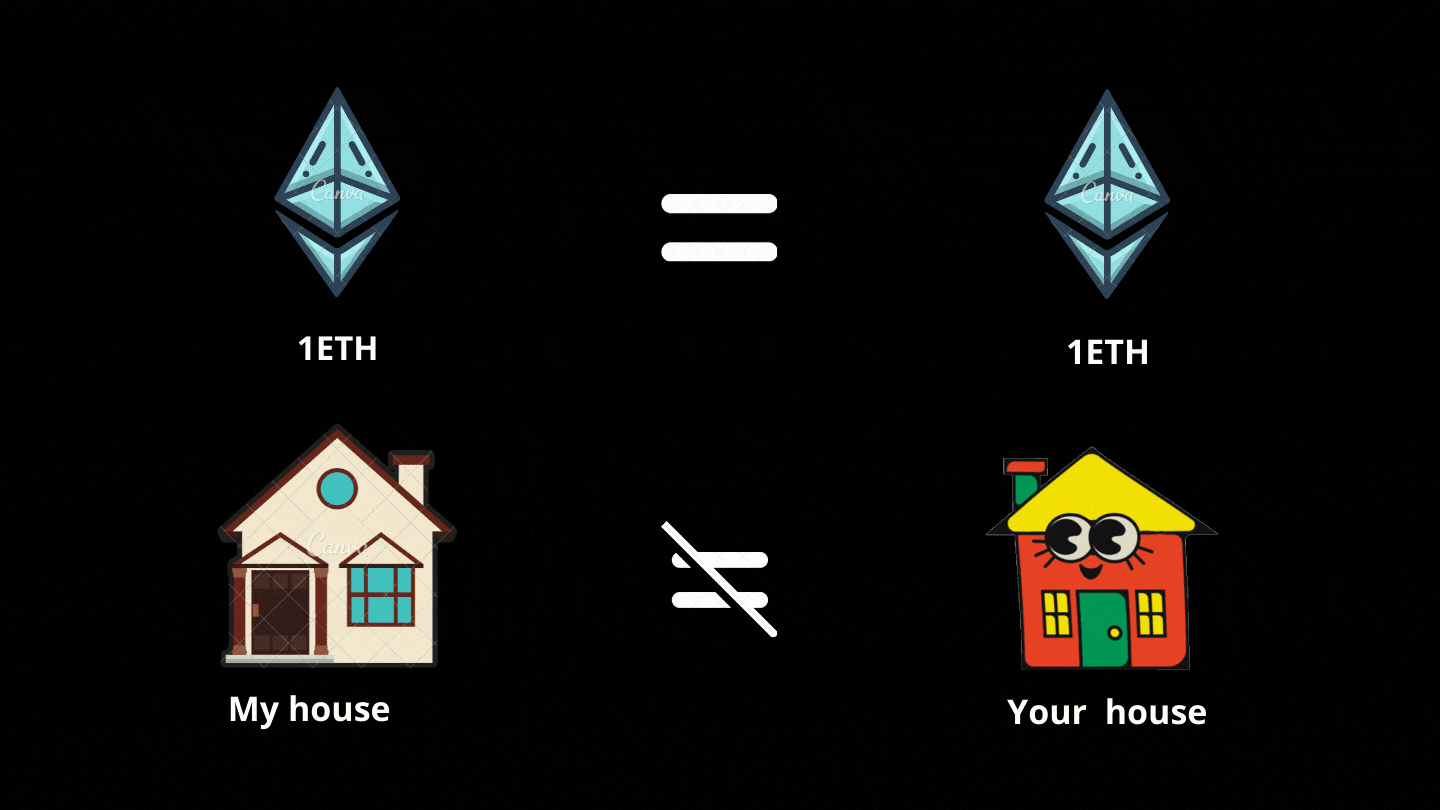
Isn't It The Same As Cryptocurrency?
No!
They are not the same as Cryptocurrencies, although these NFT and cryptocurrencies rely on blockchain networks as their backbone. This means that they follow the principles of decentralization, transparency and immutability.
Just like cryptocurrencies, NFTs are stored in digital wallets(e.g. Metamask wallet). However, these wallets do not specifically have to be NFT-compatible.
Tokens
A token is something physical and digital that can be exchanged for or represent an item, service or other forms of value or utility. In blockchain technology, tokens represent a stake, voting right, currency, ownership of something, store of value, or multifunctional within the ecosystem.
Creating tokens that represent these kinds of sensitive data with unique identification symbols is called Tokenization.
Tokens themselves have no value; instead, the value of each token comes from the item they represent (e.g. Gift cards).
Are there Types of NFTs?
Yes!!!!
The NFT market is still growing in popularity and use cases, so basically, anything can be an NFT. There are several known types of NFTs some of these are:
- Art
Art NFTs are currently the most popular type of NFTs as the concept began with art. This paved the way for several artists to showcase their best artworks digitally and make profits from them. As of now, art NFTs are the most expensive type of NFTs, and several collections have sold for millions of Dollars. This includes video arts such as Short videos and even GIFs.
An example of an art NFT is the popular Everyday: The First 5000 Days sold for $69.3 Million.
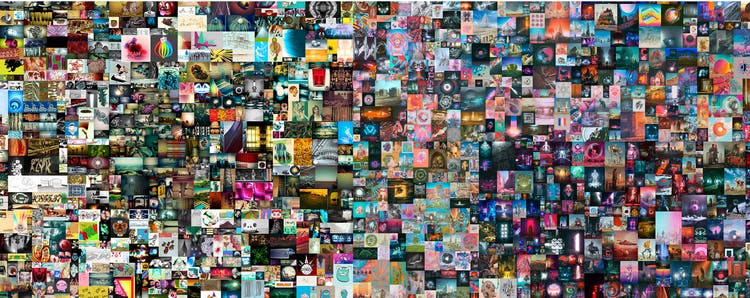
- Music
Music has become significant for NFTs because web2 pays out very little to musicians. Music has for long been a fungible good, being recorded and distributed on records, cassettes, CDs, and digitally.
Music artists formerly had to pay for streaming platform cuts, and record labels cut from the music profits. With NFTs, things are different, and music artists can make a lot of profit off their music independently and even keep up to 100% profit.
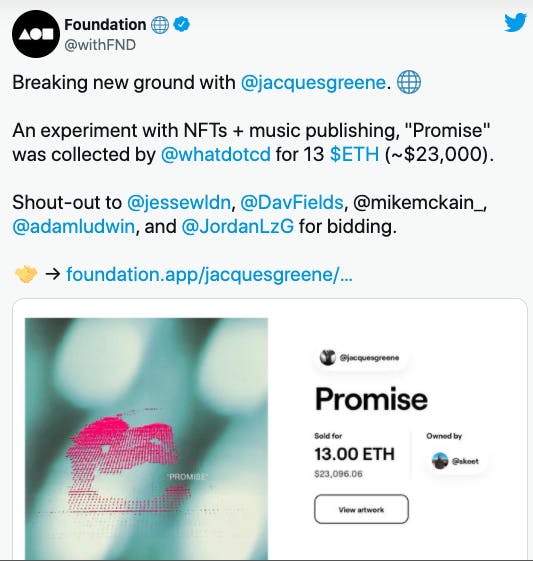
- Film industry
The concept of NFTs is spreading like wildfire, and now even the film industry is getting involved. Some episodic series have already been launched on the blockchain(e.g. Dominion X on OpenSea). This could be a game-changer for content creators and content producers in the film industry.
Recently, a new NFT project surfaced called Haze Monkey NFT, with plans to decentralise the film production industry through a gamified DAO voting system.

- Sports highlights
Clips of significant moments in sports are now made into NFTs. These clips can be as short as 10 seconds but sell for upwards of $200,000.
An example of these is the LeBron James Moments minted in Cosmic packs.
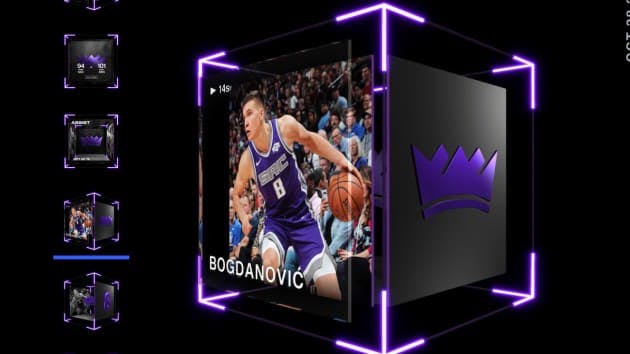
- Game Objects and Virtual Avatars
Web2 gamers spend about $40B/year on virtual goods, but users don't own those objects; the company does. With NFTs, games now have sold in-game content, like skins, characters, and limited versions of other items as NFTs in the market.
It has also paved the way for the concept of play to earn NFT crypto games that allow players to earn as they play(e.g. Axie Infinity). This way everyone can win an enormous amount of money by just playing their favourite games.

- Redeemable
Unisocks was a whimsical pioneer of the model where a token could be redeemed for a physical good. This mechanism can be applied to many offline goods like limited edition baseball cards. People can now buy and trade virtual versions of these rare cards on the NFT market. So basically, anything that you can deem collectible can be put on the NFT market and sold for millions.

- Domain Names
Currently, people are making huge profits off domain names. Yes! You can register a domain name and sell it on the NFT market, which comes with a specific benefit. By just buying a domain name on the NFT market, you will be able to claim exclusive ownership of the name, cutting out the middleman and making a profit.
- Memes
It's still tough to believe, but people buy and sell memes on NFT markets for millions. Some popular meme NFTs that have sold out for loads of cash are; Nyan Cat, Bad Luck Brian, Disaster Girl, and others are on the list, racking in between $30,000 and $770,000. More astounding is that the persons on these memes are the actual sellers.

These are, but a few examples of NFT use cases currently exist. As the NFT space evolves, it is safe to say that almost anything can be an NFT. There are even digital real estates that are now selling out for millions.
How can I get Involved?
In the NFT space, there are several areas one can dive into and make profits off of. Some of the ways to get into NFTs are by becoming:
- An Artist
As an artist, create your artwork, generate as many as you want and sell as NFTs for whatever currency want. Not only does NFT allow artists to showcase their creativity digitally, but they also get to make profits while doing so. NFTs have a feature to enable and get paid a percentage every time the NFT is sold or changes hands.
- A Collector
Most NFTs collections have utility and security, so the value is bound to appreciate over time. Most purchase these NFTs with the thoughts of selling for profit once the value goes up. So if you are in this for the investments, this might be the right part for you.
- A Buyer
NFT are more than just digital assets; they are just another way for creatives to showcase their skills and make a profit from them. So, by buying an NFT, you support the creators & artists behind that artwork. Becoming buying even gives you bragging rights that you own the art, with a blockchain entry to back it up.
- An Advocate
Lately, there has been a hike in the number of persons talking about NFTs on social media and reality. This has got big brands, investors and celebrities curious and eager to know more. This might be a suitable space to exercise if you have good marketing skills.
Popular NFT Marketplaces
Like every product out there, NFTs have a marketplace where you can buy and sell NFTs. On these marketplaces, you can mint event tickets, digital purchase land, unique gaming clothing, music, video clips, and a myriad of other functions that offer a diverse array of creative assets. Several market places around NFTs have popped up over the year, but the most popular are:
Conclusion
In conclusion, the NFT space is yet to be fully uncovered, and as it evolves, the list of use cases will continue to grow. This means we could be on the path to an entirely new business model for artists, content creators, investors and decentralized finance with NFTs. Although many believe we are in an NFT bubble, others say NFTs aren't as valuable as the hype has made them.
References
What The Fuck Is An NFT, And Why Are Pictures Of Monkeys On Sale For Outrageous Prices
Come along with me as I, the person who regularly believes that 77 + 33 = 100, try to explain the current tech craze,…pedestrian.tv.The 9 Different Types of NFTs
Jack Dorsey, the creator of Twitter, sold the world's first tweet for $2.9 million; this bit of news is what introduced…google.com.People are spending millions on NFTs. What? Why?
NFTs, or non-fungible tokens, have been A Thing for a while now, but what's the meaning of "NFT"? A couple of…theverge.comWhat You Need To Know About Non-Fungible Tokens (NFTs)
Collins Dictionary has announced that its Word of the Year 2021 is NFT, leading many to wonder what NFTs actually are…forbes.com

